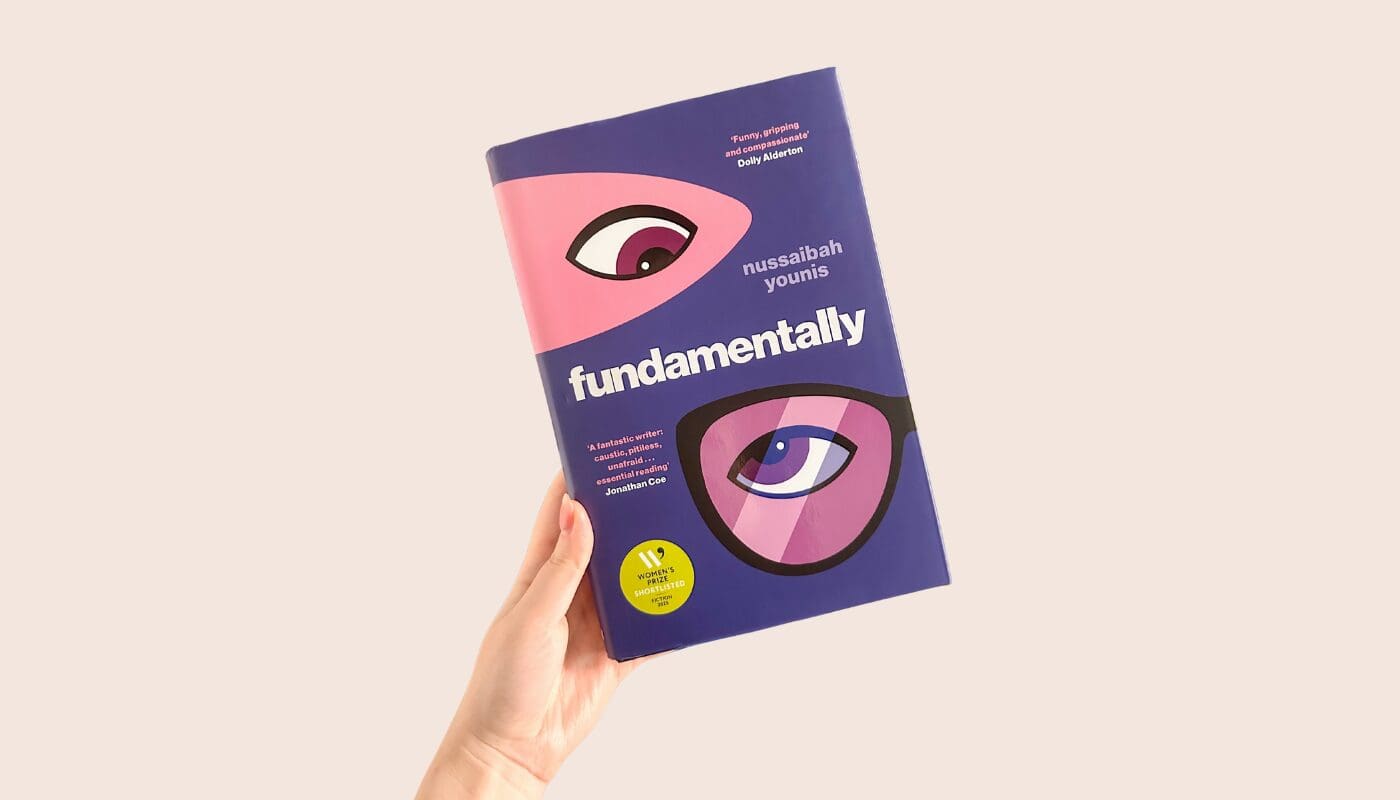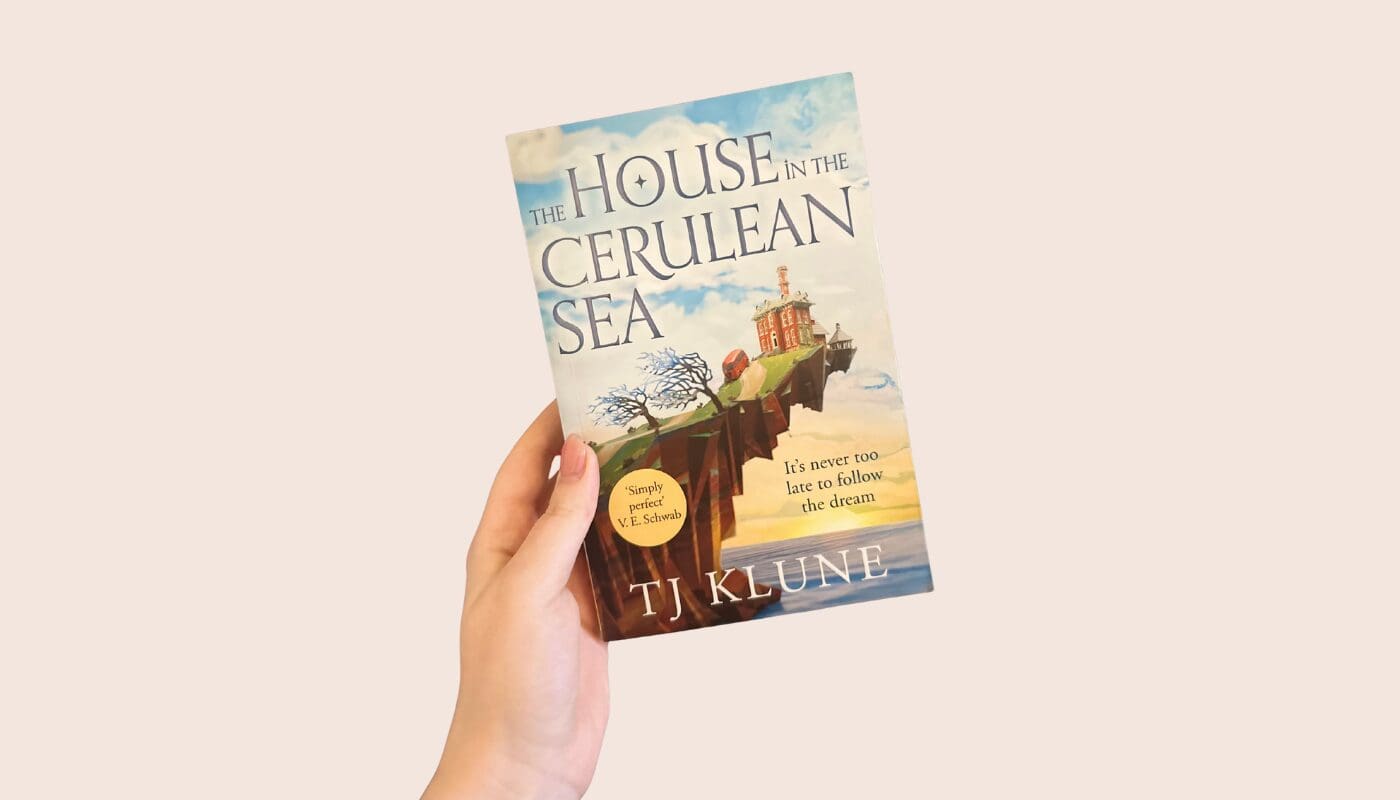Are you wondering whether to buy Suzanne Collin’s new Sunrise on the Reaping book? Are you questioning how a story of the 2nd quarter quell and the fiftieth Hunger Games could possibly live up to The Hunger Games original trilogy, especially if you already know what happens?
Well, here’s my answer: I devoured the book in one sitting. And then reread it again over the course of a week so I could get into the nitty gritty details. TLDR; yes, it lives up to The Hunger Games books!
I remember the first time I read The Hunger Games so vividly. I was thirteen years old, and my English teacher sent us to the school library for some personal reading time. Indecisive as I was back then, I was taking too long to pick a book and my teacher told me I had thirty seconds to find one and get my bum in a seat (my old teacher was as scary as she sounds, if not scarier.)
So I grabbed the first book I could find. The Hunger Games sounded interesting enough. Twenty-four kids thrown into a deadly arena, with only one winner…
I was hooked from the very first page. And then, disaster struck: the school bell rang signalling the end of the lesson and I’d just gotten to the chapter 1 cliffhanger: Effie Trinket’s “Primrose Everdeen!”
What do you mean Katniss’s twelve year old sister is this year’s tribute? And what do you mean ‘Em, put your book away it’s time to go to Maths’? How can I concentrate on quadratic equations when Prim is going to be the female District 12 tribute?

I checked the book out, said goodbye to my friends, marched right to the student services office, and told them I was sick. I put on my best performance (feigning a cough and dizziness), and though I was quite obviously faking it, the school clearly didn’t give a toss because they called my mum to come and collect me (I still feel guilty for ruining my mum’s few hours of peace—I totally get it now I have a child of my own).
Once home, I didn’t stop reading until I finished the book at 3am. Then, in the morning, I begged my parents to buy me Catching Fire and Mockingjay and I finished them both within the week.
Luckily I didn’t have to wait too long for the film adaptation to come out!
Anyway, enough pre-amble. What I’m trying to say is that The Hunger Games was the first fantasy book I’d ever read, and it truly ignited my passion for the fantasy genre. So, I have always been worried with Suzanne Collins new releases within the world of Panem that they won’t live up to the feeling I had when I read the original trilogy.
But Sunrise on the Reaping did. I adored every page of it.
Let the fiftieth hunger games begin! (sorry)
What is Sunrise on the Reaping about?
Sunrise on the Reaping is Suzanne Collins’ fifth instalment in The Hunger Games world. It acts as a prequel to the original trilogy and takes place around 40 years after the events of The Ballad of Songbirds and Snakes.
This book centres on Haymitch Abernathy, a beloved character from the original Hunger Games books. The Haymitch we grew to know and love in the original trilogy started out as a drunk, but the more he opened up to Katniss and Peeta and we got to peel back his many layers, the more we saw how complex he was, and how, above all, he had the best interests of his two tributes and the fate of Panem at heart.
They will not use my tears for their entertainment.
Haymitch Abernathy – Sunrise on the Reaping
Sunrise on the Reaping centres on Haymitch’s games. And, as Suzanne Collins always likes to twist the knife a little deeper, this year was ‘extra special’ since it was the fiftieth annual hunger games and therefore a Quarter Quell.
In the Hunger Games’s fiftieth year, the Capitol announced a cruel twist: for the second Quarter Quell twice as many tributes were to be reaped, to remind the citizens of Panem that for every Capitol child killed during the Dark Days, 2 were killed from the districts. As if the districts could ever forget the Capitol’s power, or needed any reminder! Anyway, with 2 boys and 2 girls chosen, instead of the usual 24 children reaped there were 48 tributes.

Haymitch ends up becoming one of district 12’s tributes, leaving behind all his dreams, his mother and younger brother, his friends, and Lenore Dove—Haymitch’s girlfriend. We see him make both friends and enemies as he accepts his imminent death and tries his hand at preventing another sunrise on the reaping.
My opinion on Sunrise on the Reaping
Sunrise on the Reaping is heavy, and it felt all the more devastating having known the outcome from the start. Though I enjoyed the book thoroughly, and without giving away any spoilers, reading it felt like a form of torture. And trust me, this fear grips you throughout. I often wished I could reach through my Kindle, shake Haymitch and beg him to stop.
And that was what truly made the book so emotionally devastating and profound. We readers were completely powerless as we witnessed Haymitch desperately try to change the world, while knowing the change was not going to come until 24 years later when Katniss Everdeen and Peeta Mellark held those nightlock berries up to their lips before all of Panem, and then again until Katniss blew up the 75th Quarter Quell arena and ignited the rebellion across the districts.
To see how hopeful teenage Haymitch was and how much love filled his life in the beginning, with the knowledge that sometime between the 50th Hunger Games and the events of the original trilogy he somehow became an alcoholic with nothing and no one in his life made it difficult to read. But it was no less enjoyable because of Suzanne Collins‘ masterful storytelling.

Every page had me holding my breath, waiting for the moment Haymitch’s life would change for the worse. Waiting for the event that triggered how Haymitch ends up by the time Katness and Peeta were reaped, and how Katniss told readers in the first book that Haymitch was a well known drunk (early on in SotR, Haymitch even tells readers “I’m not a drinker,”—which was the precise moment I knew this book was going to wreck me).
And not to forget, and perhaps more terrifyingly, in Catching Fire when Katniss knew that Haymitch’s entire family was murdered for the stunt he pulled with the axe and the ricochet.
With Sunrise on the Reaping, everything clicked into place. I understand Panem more deeply. I understand why Haymitch was so reluctant to get close to Katniss and Peeta, and why he was so fearful of President Snow during the victory tour at the start of Catching Fire. Haymitch understood better than anyone what Katniss and Peeta risked losing.
What is impossible to ignore within Sunrise on the Reaping is Suzanne Collins’s exploration of government propaganda, and how this influences the thoughts and behaviours of the masses—which is particularly potent given that this is something we’re all facing in the real world.
We see how unreliable Katniss was as a narrator in the original trilogy, because while she was the face of the rebellion and saw the Capitol and Snow for what they were, she too was a victim of their propaganda. And, because we as readers believed what Katniss told us, we were all a victim of President Snow and the Capitol’s false narrative.

Haymitch’s story reveals just how wrong we’ve all been. It makes me question all I personally believe to be true. Whether my truth actually might actually be a lie fed to me through the news and social media. Sunrise on the Reaping has me questioning everything—which I would say is a good thing! Bravo, Suzanne Collins.
What I loved
(I don’t post explicit spoilers but I talk about some characters and lore here, so skip if you don’t want to know anything about the characters at all.)
Since there were twice as many tributes, we were introduced to three new characters. Aside from Haymitch Abernathy, my favourite tribute was by far Maysilee Donner. Through Haymitch’s eyes, Suzanne Collins painted Maysilee as the most stuck up girl, but Collins characterised her masterfully.
Of the other tributes—Louella McCoy, Haymitch’s young friend, sweetheart, and neighbour, and Wyatt Callow, an 18 year old boy from a family of compulsive oddsmakers—I would say Maysilee was the deepest and most enjoyable to read of the new characters. She became nearly a sister to Haymitch. It was truly heartbreaking seeing their friendship blossom, and growing to love so many new characters I knew had only days to live.
I won’t go into any more detail than that because it was such a joy reading about Maysilee and gradually getting to know her throughout the book!
The quarter quell also blessed us with the return of familiar characters, and Suzanne Collins frequently connects the story to the other Hunger Games books, such as:
- We discover the origins of the famous, revolution-starting mockingjay pin
- We learn more about familiar characters Plutarch, Mags, Wiress, Effie Trinket, and Beetee
- We learn more about Katniss’s father and mother
- We see references to Lucy Gray Baird’s surviving relatives and descendants.
And a note on Suzanne Collins’ writing style: everyone is entitled to their opinion, but I have seen some people say they struggle with how ‘basic’ it is.
My own opinion is that, yes, it’s very simple and to the point, but that doesn’t make the writing any less skilled or enjoyable.
Her descriptions were vivid and rich, and the POV tone/voice she employed when writing through Haymitch’s experience was unique and truly consistent with his character. I personally love her writing style, but as with all things, it’s not for everyone.
What could’ve been better
There wasn’t anything that could’ve been better, to be honest.
It was an important story to tell. Though after The Ballad of Songbirds and Snakes, I loved seeing a different perspective to The Hunger Games and Panem, as this gave us such an interesting insight into a character who was otherwise one dimensional.
Before I read TBoSaS, I saw President Snow as just plain evil. Which undoubtedly he was, but that was all I had to go off. To get a glimpse into his origin story, where we saw this deeply flawed young man capable of love and empathy transform into a ruthless villain when his love left him was a really interesting perspective. Really, if you think about it, we didn’t know much about him beyond “this man is truly evil and horrible and terrifying and needs to be stopped” before TBoSaS.
So, while I adored Haymitch’s story, if Suzanne Collins ever publishes another book within The Hunger Games franchise I hope to see things from the perspective of the career districts. You know, they are not the Capitol and so they have no real power, yet they live for The Hunger Games. Some tributes even train their whole lives for it.
I keep thinking back to Cato from the original Hunger Games, a career who volunteered as tribute from District 2 but who, at the end, became disillusioned with the Capitol and The Hunger Games:
“Go on, shoot. And we both go down, and you win. Go on. I’m dead, anyway! I always was, right? I didn’t know that until now. Isn’t that what they want, huh?
No! I can still do this. I can still do this. One more kill. It’s the only thing I know how to do. Bring pride to my district. Not that it matters.“
— Cato’s final speech in The Hunger Games
I would love to see how Capitol propaganda plays out in the career districts, their reaction to their children dying, and how so many children are brainwashed here into believing in the glory of The Hunger Games and the Capitol.
Is there secret rebellion in these districts as there are in others? What does that look like? How many inhabitants of career districts believe in the games, or is that only more propaganda we’ve been fed as readers?
Should you read Sunrise on the Reaping, even if you haven’t read the original Hunger Games?
To put it bluntly: yes.
Sunrise on the Reaping isn’t only for die-hard fans of the original Hunger Games books. This book is for everyone! But, based on whether you have read the original books (or even seen the film adaptations), you will have a different experience with this book.
Some might say you should read Sunrise on the Reaping before The Hunger Games, and to go chronologically. I couldn’t disagree more! I’m happy I read everything in publishing order, and I wouldn’t change a thing about my experience with these books.
As I mentioned previously, reading Sunrise on the Reaping while knowing what became of Haymitch Abernathy had me holding my breath and clenching my heart. Seeing Haymitch’s story begin as one of love, and then turning into hope, and then watching all his dreams break slowly and painfully hit hard. Really hard.
We will be together always… I don’t know how, and I don’t know where, I don’t know anything, but I feel that in my heart.
Haymitch Abernathy – Sunrise on the Reaping
Towards the end of the book, I had to put it down for a second once I realised what was happening. And then I started whispering loudly and increasingly frantically at 2am: “no, no, no, no, NO! NO!“. My boyfriend thought I was losing it.
These books are incredible and there are many things to take away from each, no matter whether you read them in chronological order or publishing order.
*Side note to Suzanne Collins: you are a master storyteller and an incredible writer and I will buy anything you publish but I do believe you owe me a cheque for a few months of therapy?!? Can’t you give my guy Haymitch Abernathy a moment of peace?!*
Leave a Reply
Recent entries





Be the first to comment